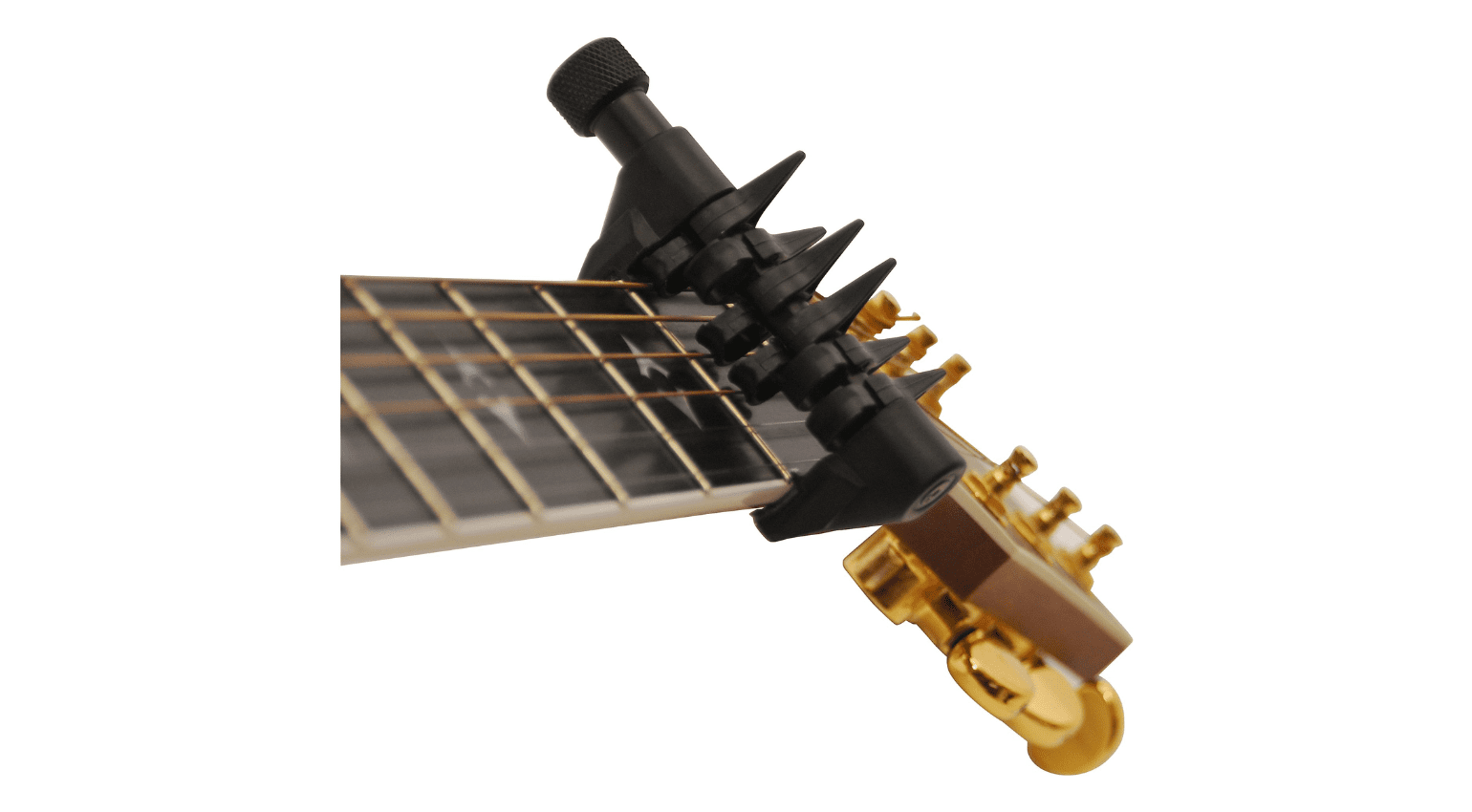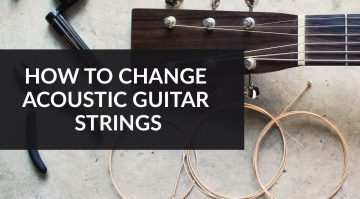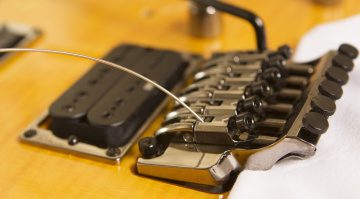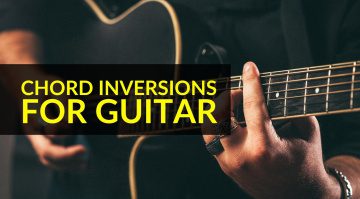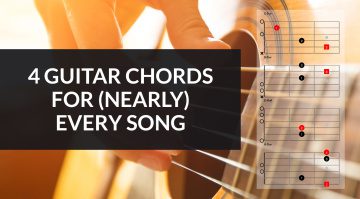How a Capo Changes Key: The Songwriter’s Secret Weapon
Guitar capos are an essential tool for making and playing music. Allowing guitarists to access new sounds effortlessly and effectively. But why are they a songwriter’s secret weapon, and how does a capo change key? Let’s find out.
How a Capo Changes Key: The Songwriter’s Secret Weapon
From beginners to buskers, the capo is a valuable piece of gear to have and use. Whether you’re signed or starting out, they can totally transform the sound of your music. Furthermore, knowing how and where to use one is crucial! With different types on the market, it is useful to know the differences between them and how they can help you.
Modulation
When we talk about keys, in music, we are referring to a group of combined pitches that create a musical composition. For example, ‘Gravity‘ by John Mayer is in the key of G Major. If we change the key, we modulate all of the notes within that key. Either moving up or down in pitch. Therefore, A Major would be a tone higher, whereas F Major would be lower. It can be very difficult to modulate on some instruments, as you have to take into account all of the new pitches in the chosen key. If only there was a way to make this easier?
Accordingly, capos on guitars allow for key changes in the most simplistic way. Essentially, if you played a G chord with a capo on the 2nd fret, the actual chord would be A Major. A capo changes key by raising the key of the guitar. Without the strain of finding the new chords for your chosen key, you can play the same chord shapes, but from a different fret.
Additionally, you can move the capo to any area of the fretboard! Allowing for a vast dynamic contrast. However, the capo’s limitation is that it cannot make keys lower, but more on that later.
How a Capo Changes Key: Trigger Type
In varying shapes and sizes, there are plenty on the market. The trigger capo is arguably the most versatile of the lot. It works by clamping onto the fretboard under tension. Thus, placing enough pressure on the strings to raise the pitch.
You can break that tension by pressing together both lower ends of the capo. This removes the tension and permits you to apply it to the fretboard.
The trigger-style capo allows for single-handed operation, perfect for switching between songs in your setlist.

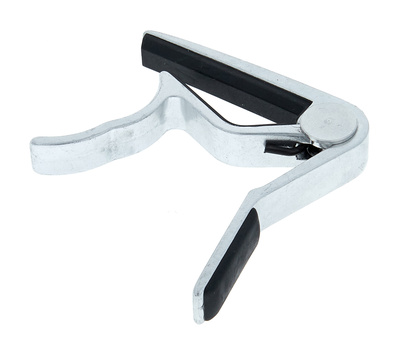

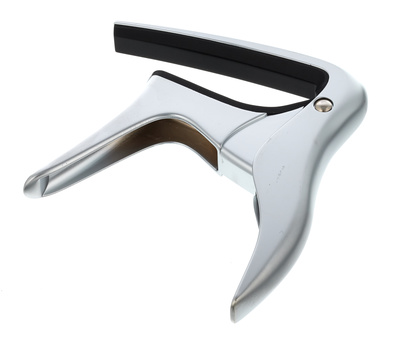
How a Capo Changes Key: Hinged Type
In theory, capos are universal, regardless of which guitar you’re playing. Although, the hinged capo is preferable among acoustic players. Whereas the trigger type is popular among electric players.
A hinged capo changes key in exactly the same way as before. Whereas, this time we have a hinge that opens up, allowing for easier application. But, you’ll need both hands to tighten up the roller. Giving you frictionless removal in the reverse.
The tighter grip ensures precise alignment over the frets and strings. Typically, acoustic guitar strings are thicker than on electric guitars, thus a tighter grip is more appropriate.

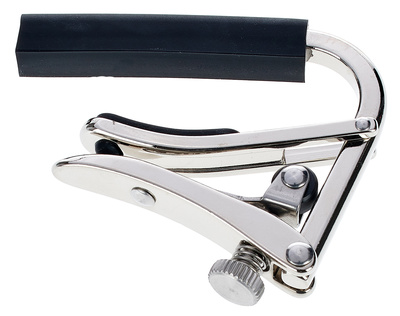
Spider Capos
Something more specialist this time, but still something to consider nonetheless. Trigger and hinged capos change key by covering all six strings at once. However, the spider capo is a bit more sophisticated.
This nifty little device can press down on different strings, not just all six! Allowing for unique guitar tunings. Moreover, you lower certain parts of this capo just enough to create harmonics, rather than fully touching the string.
Spider capos, also known as harmonic gloves, attach to the top and bottom of the fretboard and allow you to select which respective strings you wish to apply pressure onto.

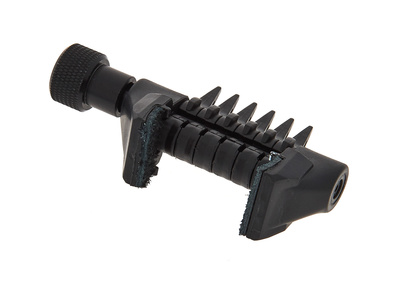
Flattened Tunings
As aforementioned, capos are limited to only being able to change key in an upwards direction. Don’t worry though! There is always another way.
Typically, capos are used to increase the pitch for vocalists, but what if you want to lower the pitch? You would need to down-tune your guitar. Eb is a common tuning for singers who sing in a lower register.
Simply lower the pitch of each string by a semi-tone, and you’ll end up in the Eb guitar tuning. Just like with your capo, you can still play the same chord shapes, but they’ll now be in the new key.
For further information, check out our list of the ‘Top 5 Guitar Tunings‘.
Uses and Benefits
How a capo changes key is really very simple. By moving the capo about the neck on different frets, you raise the pitch accordingly. Live musicians often have a capo on hand for quick adjustments between pieces, as different songs may be in different keys. Across all levels of playing, the guitar capo is the most effective and easiest way to change key.
Videos about guitar capos:
You are currently viewing a placeholder content from YouTube. To access the actual content, click the button below. Please note that doing so will share data with third-party providers.
You are currently viewing a placeholder content from YouTube. To access the actual content, click the button below. Please note that doing so will share data with third-party providers.
*Note: This post contains affiliate links and/or widgets. When you buy a product via our affiliate partner, we receive a small commission that helps support what we do. Don’t worry, you pay the same price. Thanks for your support!
 4,7 / 5,0 |
4,7 / 5,0 | 


